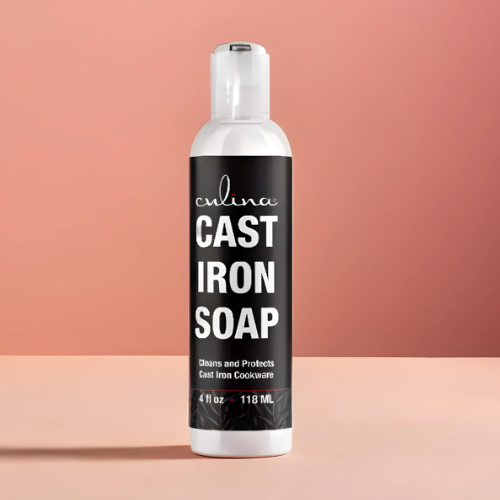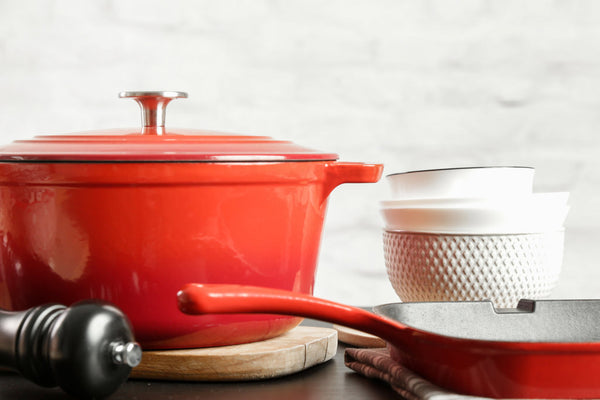Welcome to this detailed guide on how to use a dutch oven as a deep fryer. If you have ever wondered whether your trusty Dutch oven could double as a deep fryer, we’re delighted to tell you that its possible! Your Dutch oven isnt just for stews, roasts, and bread. In fact, with the right techniques and know-how, it can serve as a tremendous deep fryer to create crispy, mouth-watering dishes.

Why Use a Dutch Oven for Deep Frying?
The versatility of a Dutch oven is well-known. Perhaps you already use it to cook roasts, bake bread, or make sumptuous stews. But did you know its also ideal for deep frying? Dutch ovens have thick walls that retain heat very well, making them perfect for maintaining consistent oil temperatures.
Advantages of Deep Frying in a Dutch Oven
- Consistent Heat: The heavy bottom and thick sides of a Dutch oven ensure even heat distribution.
- Capacity: These pots come in various sizes, allowing you to deep fry large quantities if needed.
- Versatility: Suitable for various cooking techniques beyond just frying.
:max_bytes(150000):strip_icc()/GettyImages-1058029026-2000-3e7d0a3579d346108bb901a51501115f.jpg)
Essential Supplies and Equipment
Before we dive into the practical steps of how to use a Dutch oven as a deep fryer, youll need some essential supplies:
- Dutch oven: Choose one with a thick base and high sides.
- Cooking oil: Canola, vegetable, or peanut oil are ideal.
- Cooking thermometer: To monitor oil temperature.
- Slotted spoon or frying basket: For safe removal of food.
- Cooling rack and paper towels: For draining excess oil.

Preparing the Dutch Oven
Follow these steps to prepare your Dutch oven for deep frying:
Cleaning the Dutch Oven
Ensure your Dutch oven is clean before use. Refer to this detailed guide on how to clean a Dutch oven for best practices.
Choosing the Right Oil
Choose an oil with a high smoke point such as canola, peanut, or vegetable oil. These oils can withstand the high temperatures required for deep frying without breaking down.
Steps to Deep Fry Using a Dutch Oven
Let’s explore each step involved in how to use a Dutch oven as a deep fryer.
Step 1: Heating the Oil
Fill the Dutch oven with oil to about half its capacity. Gradually heat the oil over medium heat. Use a cooking thermometer to monitor the oil temperature. Aim for a temperature of around 350F for most deep-frying tasks.
Step 2: Preparing the Food
While the oil is heating, prepare the food you wish to fry. Whether its French fries, chicken wings, or tempura vegetables, make sure theyre ready to go when the oil reaches the desired temperature.
Step 3: Frying the Food
Carefully drop the prepared food into the hot oil using a slotted spoon or frying basket. Avoid overcrowding the pot as it can lower the oil temperature and result in soggy food. Fry in batches if necessary.
Step 4: Monitoring and Removing the Food
Keep an eye on the frying food. Use a slotted spoon to stir occasionally, ensuring even cooking. Once the food turns golden brown, carefully remove it from the oil and place it on a cooling rack or paper towels to drain excess oil.
Tips for Safe Deep Frying
Monitor the Temperature
Maintaining a consistent temperature is crucial. If the oil is too hot, the food may burn on the outside while remaining undercooked inside. If its too cool, the food can become greasy and soggy.
Avoid Water
Never add water to the hot oil. Water can cause the oil to splatter and result in burns or accidents.
Use Proper Tools
Always use long-handled tools to avoid getting too close to the hot oil. A slotted spoon or frying basket is essential for safe handling.
Cleaning Up After Deep Frying
Once youve finished frying, let the oil cool completely before disposing of it. Dont pour used oil down the sink as it can clog pipes. Instead, transfer it to a sealed container and dispose of it according to local regulations.
For cleaning your Dutch oven, refer to these cleaning tips.
FAQs About Using a Dutch Oven as a Deep Fryer
Can I deep fry in any Dutch oven?
Yes, as long as it’s made from cast iron or heavy-duty materials and has high sides.
What oil should I use for deep frying?
Choose oils with high smoke points such as canola, peanut, or vegetable oil.
Is a cooking thermometer necessary?
Yes, it helps you maintain the correct oil temperature, ensuring your food is cooked properly.
As an Amazon Associate, I earn from qualifying purchases.

